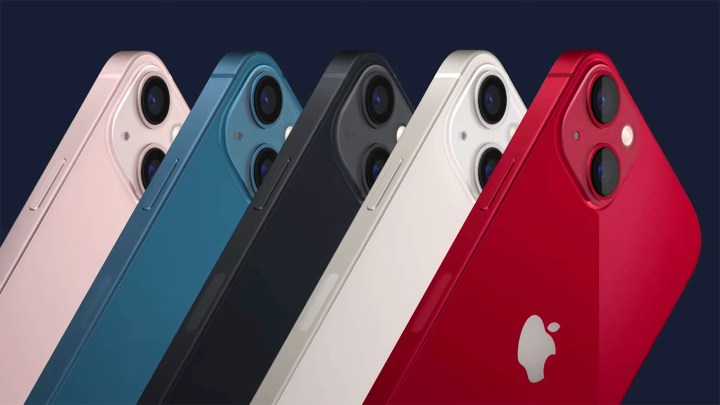Apple has revealed the latest edition to its iPhone range, the iPhone 13. It comes with a new camera arrangement, a more powerful chip, a thinner notch, and more.
Since its debut in the iPhone X, the notch — which houses the phone’s Face ID system and front-facing camera — has been divisive. Apple seems to have listened to dissenters and has shrunk the notch’s width by 20%, making it less intrusive in use.

On the back, the dual-camera system has a new diagonal arrangement. The iPhone Pro Max’s sensor-shift optical image stabilization is now in the entry-level iPhone 13, and rack-mount-style video is now possible thanks to the new Cinematic shooting mode.
As for the display, Apple says it can reach 800 nits in normal use and 1,200 nits of peak brightness. It’s still covered in the damage-resistant Ceramic Shield and uses OLED technology that Apple calls Super Retina XDR.
Powering all these features is the new 5 nanometer A15 Bionic chip. This comes with a 6-core CPU that’s 50% faster than the competition, according to Apple, and a 4-core GPU that’s 30% faster than Apple’s rivals. The 16-core Neural Engine can perform 15.8 trillion operations per second.
Many of the iPhone 13’s features had been leaked before Apple’s California Streaming event, but there were still some surprises in store.

Editors' Recommendations
- This one Apple Fitness feature completely changed how I exercise
- An Apple insider just revealed how iOS 18’s AI features will work
- iPhone 16: news, rumored price, release date, and more
- iPhone SE 4: news, rumored price, release date, and more
- 3 reasons why I’ll actually use Anker’s new iPhone power bank




